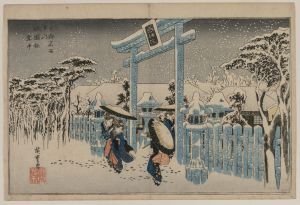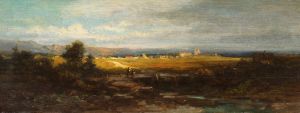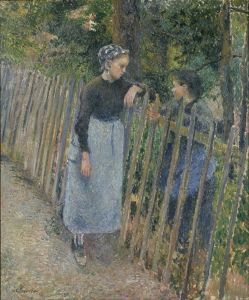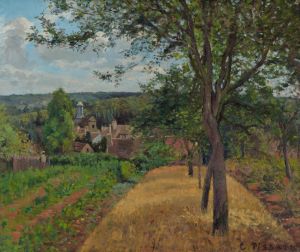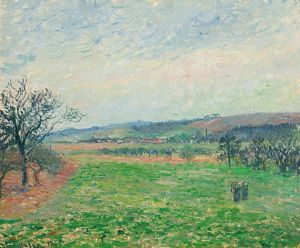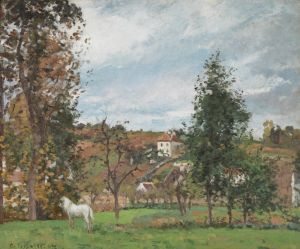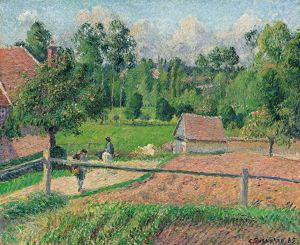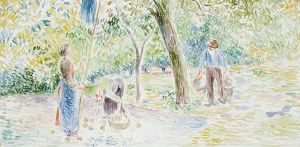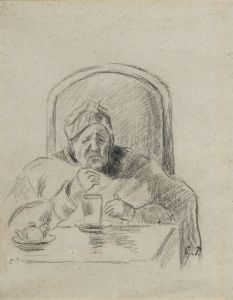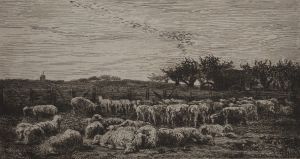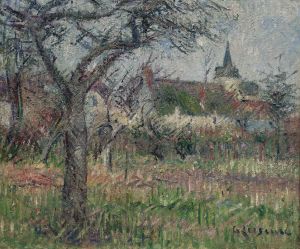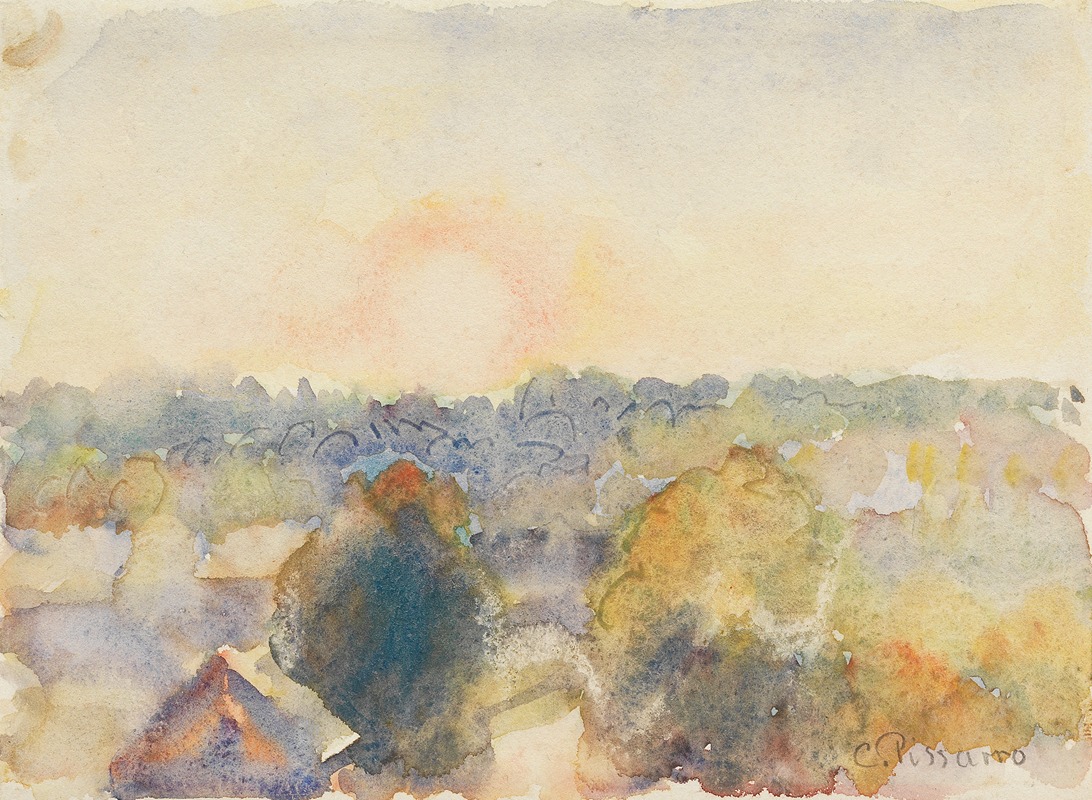
Eragny
A hand-painted replica of Camille Pissarro’s masterpiece Eragny, meticulously crafted by professional artists to capture the true essence of the original. Each piece is created with museum-quality canvas and rare mineral pigments, carefully painted by experienced artists with delicate brushstrokes and rich, layered colors to perfectly recreate the texture of the original artwork. Unlike machine-printed reproductions, this hand-painted version brings the painting to life, infused with the artist’s emotions and skill in every stroke. Whether for personal collection or home decoration, it instantly elevates the artistic atmosphere of any space.
Camille Pissarro, a prominent figure in the Impressionist movement, painted "Eragny" during a period when he was deeply engaged with the rural landscapes of France. Pissarro, born on July 10, 1830, in the Danish West Indies, moved to Paris in 1855, where he became a central figure in the Impressionist circle. His work is characterized by his innovative use of color and light, as well as his dedication to capturing the essence of rural and urban life.
"Eragny" refers to the village of Éragny-sur-Epte, located in the Normandy region of France. Pissarro moved there in 1884 with his family, and it became a significant source of inspiration for his work. The village and its surroundings provided Pissarro with a wealth of natural beauty, which he depicted in numerous paintings. His time in Éragny marked a period of prolific output, where he focused on the changing seasons and the daily lives of the rural inhabitants.
In his paintings of Éragny, Pissarro often employed a technique that combined elements of Impressionism with a more structured approach, sometimes referred to as Neo-Impressionism. This involved the use of small, distinct brush strokes and a careful study of light and color. Pissarro was known for his ability to capture the subtle nuances of the landscape, from the delicate play of light on the fields to the vibrant colors of the trees and sky.
Pissarro's work in Éragny is notable for its depiction of rural life and the natural environment. He was deeply interested in the lives of the peasants and often included them in his compositions, portraying them with dignity and respect. This focus on the human element within the landscape was a hallmark of Pissarro's work and set him apart from some of his contemporaries.
The paintings from this period reflect Pissarro's commitment to portraying the harmony between humans and nature. His works from Éragny are characterized by a sense of tranquility and balance, capturing the idyllic beauty of the French countryside. Pissarro's ability to convey the atmosphere and mood of a scene was unparalleled, and his paintings from Éragny are considered some of his finest works.
Pissarro's time in Éragny also coincided with his involvement in the broader Impressionist movement. He was a key figure in organizing the Impressionist exhibitions and was known for his collaborative spirit. Pissarro's influence extended to many younger artists, including Paul Cézanne and Paul Gauguin, who admired his dedication to his craft and his willingness to experiment with new techniques.
In summary, Camille Pissarro's "Eragny" paintings are a testament to his skill as an artist and his deep appreciation for the natural world. Through his innovative use of color and light, Pissarro captured the essence of rural life in Éragny, creating works that continue to be celebrated for their beauty and insight into the human experience. His legacy as a pioneer of Impressionism and his contributions to the art world remain significant, with his Éragny paintings standing as a testament to his artistic vision and mastery.





